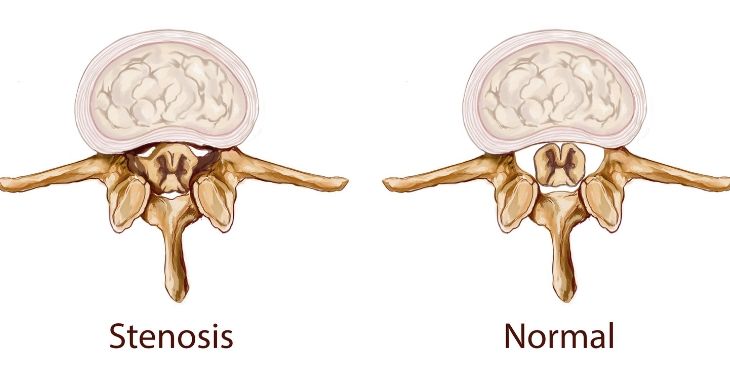What Causes Pinched Nerves?
Many different nerves run on pathways throughout your body, most streaming out from the spinal cord. These nerves are the electrical pathways of the brain, sending signals back and forth for movement and sensation. While these biological communicators are phenomenal at what they do, interference along the way can cause pain and dysfunction. When a nerve is pinched, it can send signals to the brain of pain, numbness and weakness. However, finding the spot of the nerve infringement and the cause can be more difficult than it sounds.
Impact of Pinched Nerves
Nerves can become pinched for many different reasons, in many different areas. The larger the nerve, the more impact the pressure can have on the body. For instance, a nerve can be pinched in your wrist, but it will only usually impact the hand and fingers – only the direction the signal from the brain is traveling. However, when a large nerve like the sciatica in the lower back is pinched, it can affect the back, hips, legs and feet. Same it true of pinched nerve in the neck – it can impact shoulders, arms and hands.
The pressure that causes a pinched nerve is usually due to an abnormality. Inflammation around joints and the spine can cause pressure on nerves. Other causes include bone spurs, herniated discs, swollen tendons or inflamed ligaments. Any tissues that become larger than they were meant to be or are out of place can put pressure on a nerve, causing pain, weakness and numbness.
If you have a pinched nerve, it is important to see a spinal specialist to determine the location of the problem. The pain or discomfort is often not where the pinched nerve is located – it is common to have pain radiate. A spine specialist can identify the location and find a treatment solution to remove the pressure and relieve the discomfort.
Posted on behalf of:
Georgia Spinal Health & Wellness
2021 North Druid Hills Road
Suite 100
Atlanta, Georgia 30329
(404) 325-0800
The information provided on this website, including text, graphics, images, and other materials, is intended solely for informational purposes and should not be used as a substitute for professional medical advice, diagnosis, or treatment.

)